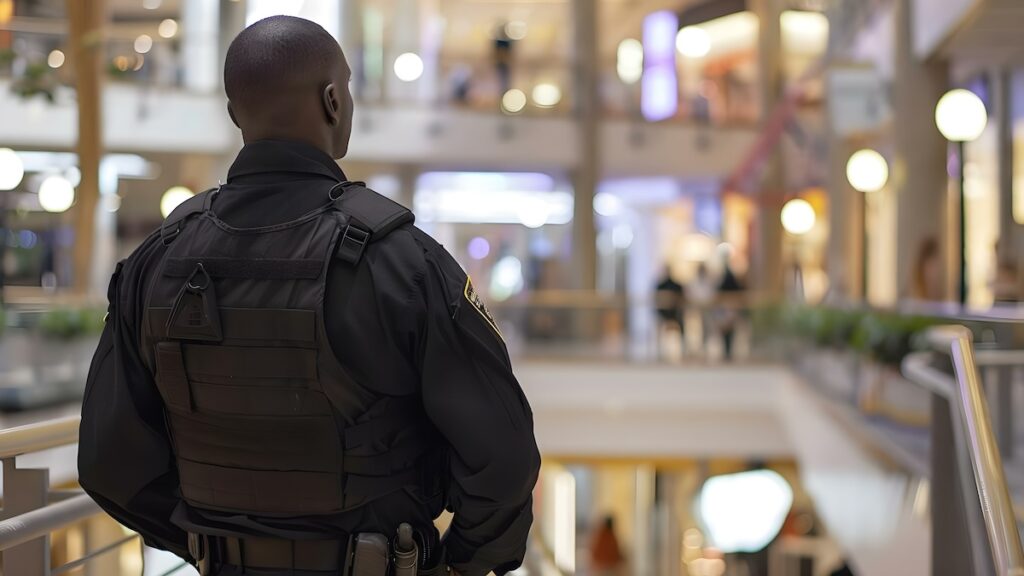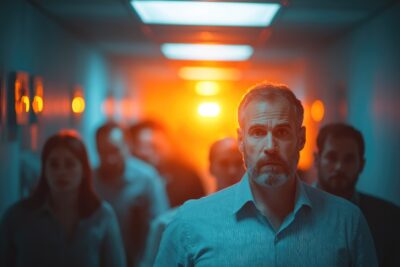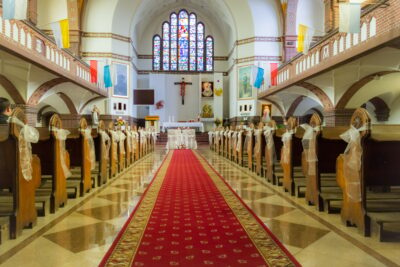Under the Terrorism (Protection of Premises) Act 2025, also known as Martyn’s Law, the concept of "principal use" is critical for determining which Schedule 1 activities apply to a given premises. This helps venue operators and responsible persons identify their obligations under the law.
Article 5 in a series on Martyn's Law
This blog is part of our ongoing series exploring Martyn’s Law and its impact on public safety. We recommend checking out the previous blogs for valuable insights. Don’t hesitate to contact us directly for further information or tailored advice.
What Is Principal Use?
Many premises serve multiple purposes, encompassing more than one Schedule 1 activity. To clarify the responsibilities under the Act:
- The “relevant Schedule 1 use” is identified as the principal use of the premises.
- Principal use refers to the dominant activity among the qualifying uses occurring within the premises.
By determining the principal use, responsible persons can assess which provisions in Schedule 1 are applicable.
Examples of Principal Use Applications
Part of a Building
For example, a factory with a customer-facing shop. The factory in isolation is a private workplace and falls outside the scope of the Act. The shop, however, as a distinct part of the building, may qualify if it meets the criteria for a qualifying premises.
A Group of Buildings
Consider a university campus or a hospital complex. These involve multiple buildings, often with varied uses. The aim is to ensure a coordinated approach to implementing security procedures and measures across the group to deliver effective and consistent safeguarding for public-facing areas.
Premises Within Premises
Examples include shopping centres or entertainment complexes.
Individual units, such as shops within a shopping centre, can independently qualify as premises under the Act if they meet the criteria. Each unit’s tier of duty (Standard or Enhanced) depends on the number of individuals present at any given time, in addition to the larger building’s obligations.
Premises Subject to Specific Accommodation Criteria
Places of Worship are one such group of premises. All such buildings, as well as those used for childcare, primary, secondary, or further education, that can accommodate 200 or more individuals simultaneously, will automatically fall within the Standard Tier.
A Tailored Approach to Diverse Premises
The principle of determining the “principal use” ensures that the Act is applied proportionately to premises with diverse or mixed purposes. This framework allows for flexibility while ensuring public safety remains the top priority.

Kevin Purcell
Kevin, United Outcomes’ Chief Operating Officer, boasts a distinguished career leveraging his background as a senior police officer to drive organisational excellence. With over a decade in leadership roles, Kevin excels in coordinating multi-agency operations, underscoring his adeptness in emergency preparedness. Specialising in change management, leadership, and development across various sectors, he has a record of executing projects efficiently, within budget, and to the highest standards.
United Outcomes specialises in providing bespoke solutions to support organisations in meeting the requirements of Martyn’s Law. We understand the unique challenges faced by venues of all sizes and offer tailored advice to address specific needs. Our approach focuses on venue-specific guidance, ensuring that every strategy we develop is both effective and aligned with your objectives. By partnering with us, you can confidently navigate the responsibilities of Martyn’s Law, transforming challenges into opportunities to enhance public safety and resilience.




